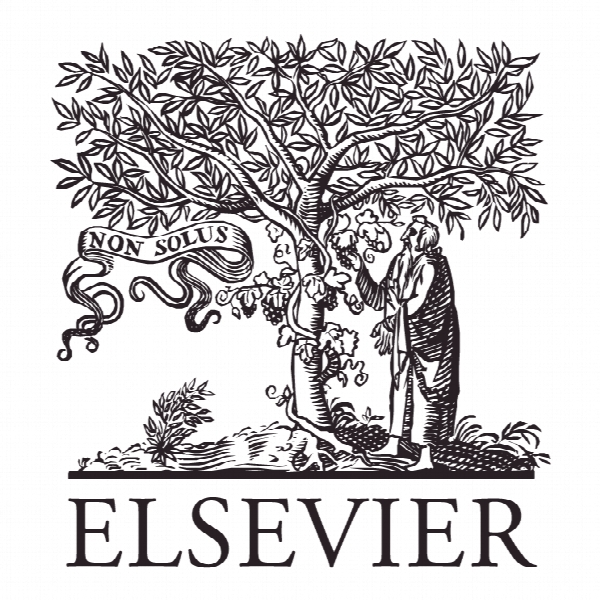بهبود عملکرد دینامیکی سیستم تبدیل انرژی باد با استفاده از بهینه سازی پروانه (MFO) بر اساس کنترل کننده تیغه Dynamic performance enhancement for wind energy conversion system using Moth-Flame Optimization based blade pitch controller
- نوع فایل : کتاب
- زبان : انگلیسی
- ناشر : Elsevier
- چاپ و سال / کشور: 2018
توضیحات
رشته های مرتبط مهندسی مکانیک و مهندسی انرژی
گرایش های مرتبط تبدیل انرژی، انرژی های تجدیدپذیر و سیستم های انرژی
مجله فناوری های انرژی پایدار و ارزیابی ها – Sustainable Energy Technologies and Assessments
دانشگاه Department of Electrical Engineering – Benha University – Egypt
شناسه دیجیتال – doi https://doi.org/10.1016/j.seta.2018.04.012
منتشر شده در نشریه الزویر
کلمات کلیدی انگلیسی Blade pitch control, Dynamic performance, Moth-Flame Optimization algorithm, Robustness, Wind energy conversion system
گرایش های مرتبط تبدیل انرژی، انرژی های تجدیدپذیر و سیستم های انرژی
مجله فناوری های انرژی پایدار و ارزیابی ها – Sustainable Energy Technologies and Assessments
دانشگاه Department of Electrical Engineering – Benha University – Egypt
شناسه دیجیتال – doi https://doi.org/10.1016/j.seta.2018.04.012
منتشر شده در نشریه الزویر
کلمات کلیدی انگلیسی Blade pitch control, Dynamic performance, Moth-Flame Optimization algorithm, Robustness, Wind energy conversion system
Description
Introduction Wind energy source (WES) is one of the most prominent sources of electrical energy in years to come. WES, as a renewable source, has no impacts on the climate issues and greenhouse gases (GHG) emissions. The increasing concerns about environmental problems demand green, renewable, and sustainable ideas. Wind turbines along with solar energy and fuel cells are possible innovative solutions for this dilemma. WES is a non-depleting, site-dependent, non-polluting, and a potential source of the alternative energy option. Wind energy has already reached a penetration level in many countries, which raises some technical problems concerning grid integration [1–3]. WE has to overcome some technical as well as economic barriers if it should produce a substantial part of electricity [4]. In power systems, the principal objective of the control strategy is providing economical and reliable power as possible while improving the power quality [5,6]. The wind energy conversion system (WECS) is not just be used for generating electricity from the wind, but also about using this energy efficiently. Wind turbine (WT) is often equipped with a blade pitch control (BPC) for high-quality power generation from wind source and decreasing mechanical fatigue. To improve the dynamic performance of the WECS, a BPC system is used. WECSs typically use BPCs to fulfill two primary functions are assigned to the BPC, which are; (i) it monitors, adjusts, and controls the speed of the turbine rotor to maintain the turbine’s energy production at its rated value, and (ii) it turns the blade out of the wind in cases of high wind speeds or emergency command to avoid any damages on the WT and ensure safe operation. Over the past five decades, several approaches have been presented for BPC system modeling. Modeling of the appropriate BPC system is the prerequisite of WECS for maintaining the power extracted from WT at its rated value and enhancing aerodynamic performance [7,8]. The complete dynamical model of WECS is very complicated because it is an under-actuated, highly coupled and nonlinear system [9]. Such dynamical system is usually decomposed into a generator system and wind turbine system during controller design phase [10]. In [11], the BPC had been developed based on a simplified blade pitch model which is derived out by neglecting blade torsional dynamics. In this case, the simplified blade pitch model has a relatively significant difference in the actual design. A new simplified blade pitch model was firstly presented in [10] by taking the pitch servo motor, actuator, and blade torsional dynamics into consideration. The proposed model is more reasonable. The proposed BPC model is constructed and built using Matlab Simulink as demonstrated in Fig. 1. The preliminary results on control designs of BPC were firstly presented in [7,8]. The challenge of BPC, to achieve good performance, is the complex nonlinear mathematical equations in large-scale systems. A robust dynamic output feedback designs of BPC have been addressed in [12,13]. However, such robust-based design does not account for system nonlinearities and results in a controller with the same plant order, which in turn makes the design very complex especially for large WECSs. Various conventional control strategies are being used for BPCs. Methodologies for a conventional design of sliding mode and proportional–integral (PI) controllers are limited by slow, lack of efficiency and poor handling of system nonlinearities [11].


